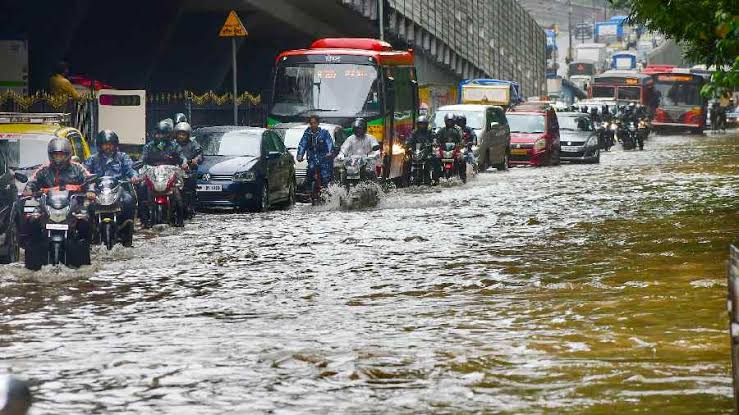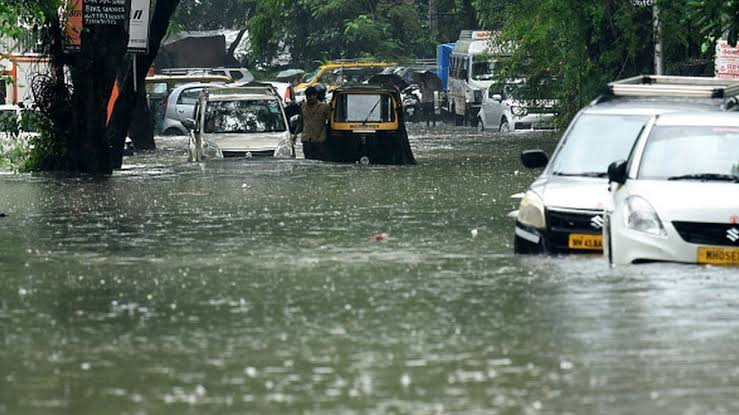Our Objective
We believe that the confluence of technology, ecological empathy and public collaboration could be utilized to solve difficult CLIMATE CHANGE challenges
At ZEN-THINK we have aligned ourselves with CLIMATE ACTION and are applying deep-tech to the extremely difficult issue of URBAN FLOODING
To learn more you can contact our team and we would get in touch with you.


Urban Floods in India
A unique feature about India is that we have heavy rainfall
during the monsoons. There
are also other weather systems that bring in a lot of rain. Storm surges could
affect coastal cities/towns. Sudden release or failure to release water from dams
could also have a severe impact.
In addition, the urban heat island effect has resulted
in an increase in rainfall over urban areas. Global climate change is causing
changed weather patterns and increased episodes of high intensity rainfall events
occurring in shorter periods of time.
Cities/towns located on the coast,
on river banks, upstream/ downstream of dams, inland cities and in hilly areas
could all be affected.
Among the important cities of India, the average annual rainfall varies
from 2932 mm in Goa and 2401 mm in Mumbai on the higher side, to 669 mm in
Jaipur on the lower side.
The rainfall pattern and temporal duration is almost similar in all these cities,
which receive the maximum rainfall from the south-west monsoons. The average rainfall
for the month of July in Mumbai is 868 mm and this far exceeds the annual average
rainfall of 611 mm in London.
Stormwater drainage systems in the past were designed for rainfall intensity of 12 – 20 mm. These capacities have been getting very easily overwhelmed whenever rainfall of higher intensity has been experienced. Further, the systems very often do not work to the designed capacities because of very poor maintenance. Encroachments are also a major problem in many cities and towns. Improper disposal of solid waste, including domestic, commercial and industrial waste and dumping of construction debris into the drains also contributes significantly to reducing their capacities. Natural streams and watercourses have formed over thousands of years due to the forces of flowing water in the respective watersheds. Habitations started growing into towns and cities alongside rivers and watercourses. As a result of this, the flow of water has increased in proportion to the urbanization of the watersheds. Ideally, the natural drains should have been widened (similar to road widening for increased traffic) to accommodate the higher flows of stormwater. But on the contrary, there have been large scale encroachments on the natural drains and the river flood plains. Consequently the capacity of the natural drains has decreased, resulting in flooding.
At ZEN-THINK we propose to bring cutting edge deep-tech to provide a solution to URBAN flooding to towns and cities around the globe. Data source ndma, ndrc
